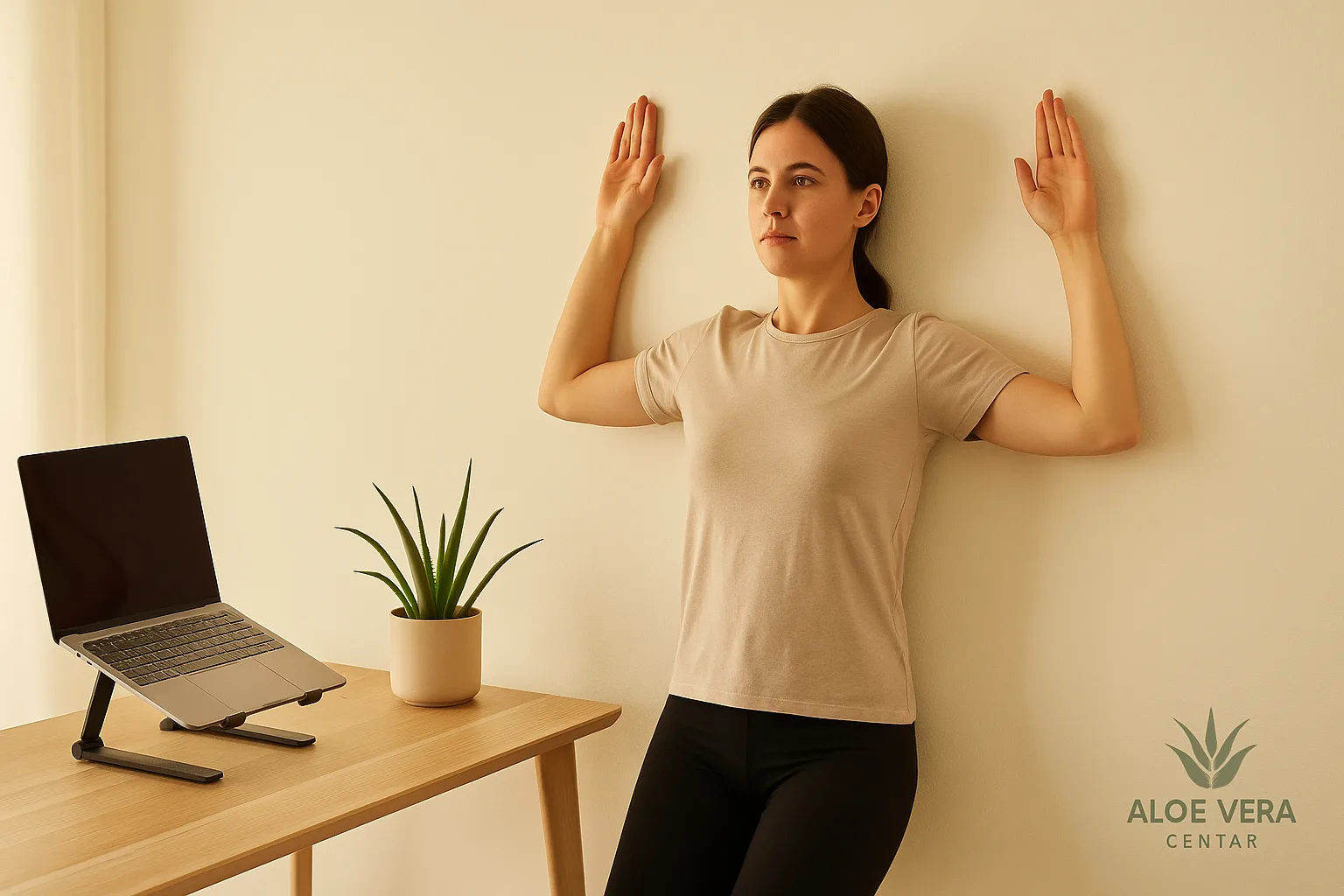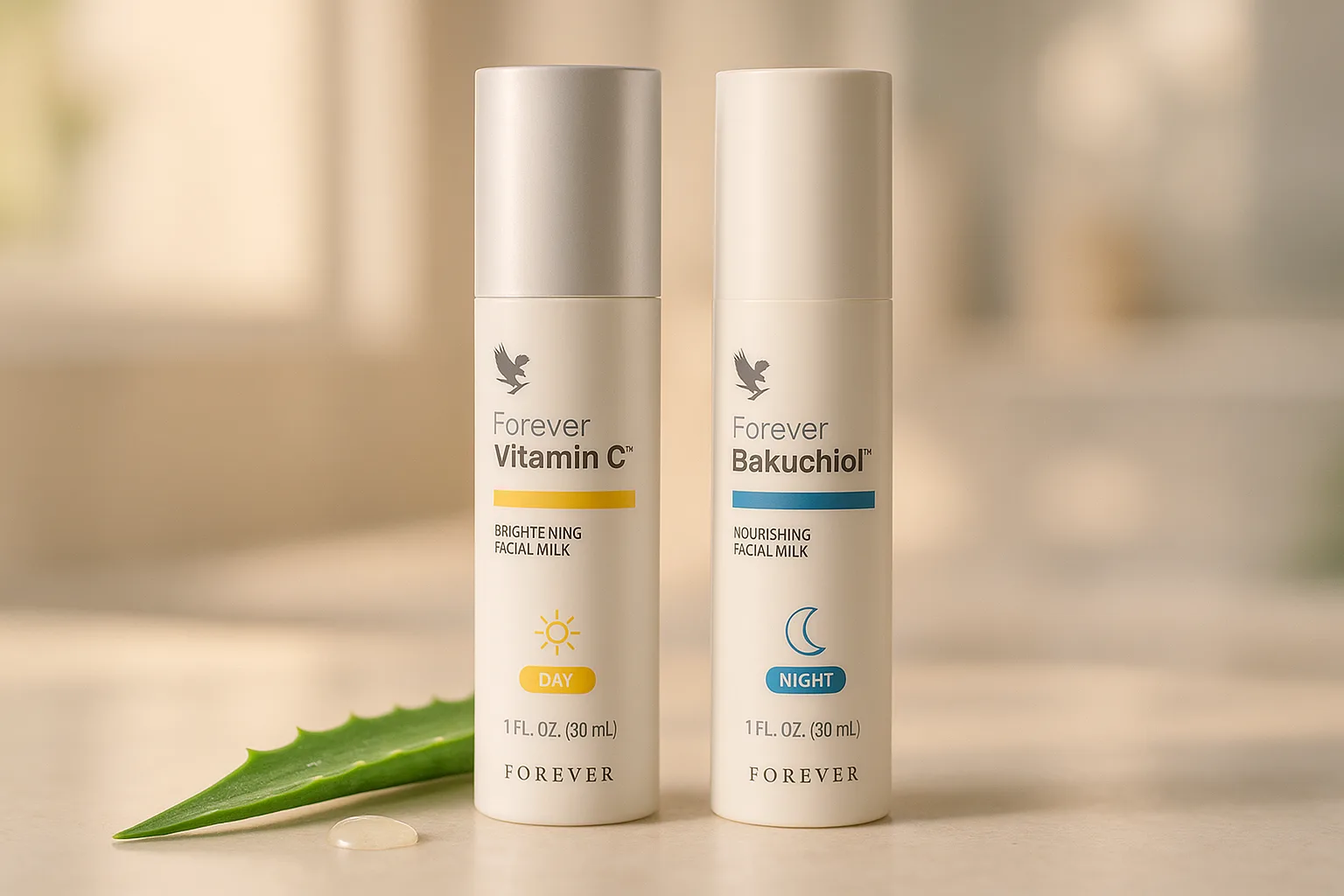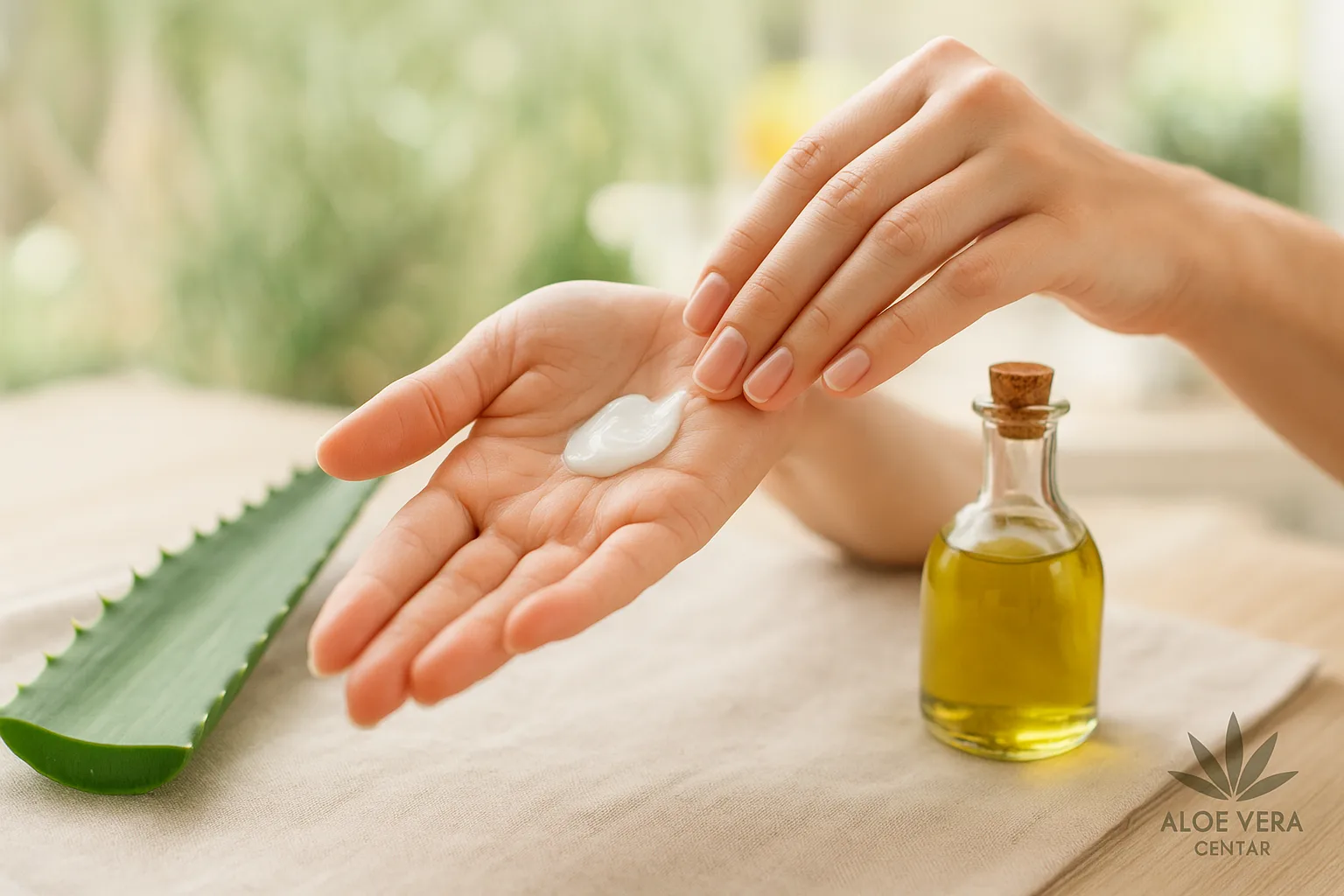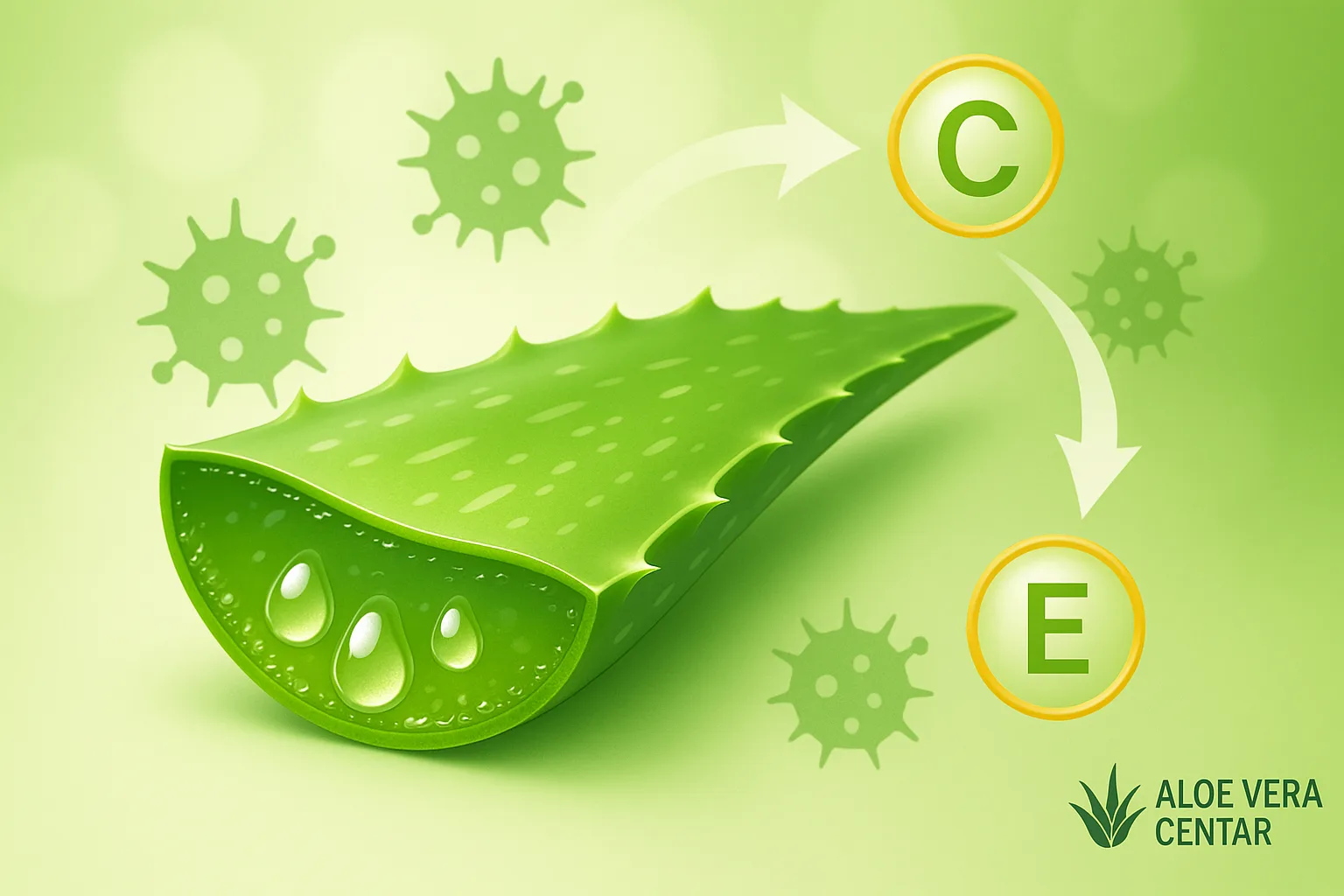
Routine for Reducing Neck and Shoulder Tension
Routine for Reducing Neck and Shoulder Tension (Office Shoulders)
A routine for reducing neck and shoulder tension can be simple, effective, and doable during any break throughout the day. If your head often tilts forward, shoulders “escape” towards your ears, and shoulder blades are stiff, you’re not alone. Office work, laptop use, and long hours in front of screens create a combination of muscle weakness, shortened muscles, and poor breathing habits. The good news? With a few smartly arranged micro-breaks and targeted exercises, tension can noticeably decrease within the next 7 to 14 days. Below is a complete but flexible plan you can implement right away.
Why Neck and Shoulder Tension Occurs
Most of us spend hours in a slight kyphotic “C” spine position, with the head moved forward and shoulders inward. The consequences are clear: shortened chest muscles, overloaded neck muscles, weaker middle back and shoulder blade area. Sound familiar? Here’s the thing: the problem isn’t just about the chair or monitor, but about movement and breathing patterns we repeat day after day.
- Forward head posture increases the load on the cervical spine by several pounds of additional force per centimeter of movement.
- Rounded shoulders shorten the pectoralis minor and weaken the lower trapezius and rhomboids.
- Shallow breathing through the mouth increases tension in the scalene and SCM muscles.
The solution combines three elements: mobility of shortened structures, activation of weak muscles, and ergonomic workplace adjustments. You guessed it, all of this fits into short but frequent blocks.
How to Use this Plan
The plan is divided into four quick blocks: Morning 3 minutes, Micro-breaks throughout the day, Afternoon 10 to 15 minutes, and Weekend maintenance. You might wonder why so short? Because consistency is more powerful than occasional long workouts. And one more thing: each block includes a breathing “reset.” Without calm breathing, it’s difficult to “turn off” reflex tension.
3-Minute Morning Reset
Before your first email, do these three steps. It’s quick and powerful.
- Chest mobility 45 seconds: stand at a doorway or wall edge, forearm at 90°, gently rotate your torso forward until you feel the chest muscle stretch. Hold 20 seconds per side, without pain.
- Shoulder blade “scissors” 60 seconds: sit upright, imagine “pinching a pencil” between your shoulder blades towards your spine, then lower them into your back pockets. 12 controlled repetitions.
- Box breathing 60 seconds: inhale through nose for 4 seconds, hold 4, exhale 4, hold 4. Two to three “boxes” are enough to lower muscle tone.
The result? You open your chest, wake up shoulder blade stabilizers, and “reset” your nervous system. But that’s not all. Next come micro-breaks that keep you relaxed until the end of the workday.
Micro-breaks: the 60-60-30 Rule
Every 60 minutes, stand up for at least 60 seconds and dedicate 30 seconds to your neck and shoulders. Simply set an alarm or use a reminder app. Here’s the mini-routine:
- Cervical spine extension 10 seconds: gentle “double chin” movement as if trying to touch the ceiling with the top of your head. Without strong chin pressure.
- Upper trapezius stretch 10 seconds per side: ear towards shoulder, opposite arm gently pulls downward.
- Chest opening 10 seconds: interlace fingers behind back and gently move arms away from torso.
If you’re busy, do at least one of the three. Micro-breaks are like brushing teeth for your shoulders.
Afternoon Block 10 to 15 Minutes
This is the “main meal” for your shoulders. It combines mobility and strength.
1. Mobility and Fascia
- Wall shoulder blade rolling 1 to 2 minutes per side: tennis ball between wall and shoulder blade region. Breathe slowly, glide up and down.
- Thoracic extension over foam roller 1 minute: place roller under mid-back, hands behind head, open chest. Avoid neck flexion.
2. Activation and Strength
- Band pull-apart 2 x 12: elastic band in hands at chest height, pull apart and imagine shoulder blades sliding downward. Focus on lower trapezius.
- Wall slides 2 x 10: forearms on wall, slide upward maintaining contact, ribs “down”.
- Prone Y-T 2 x 8 per shape: lying face down or leaning on chair, raise arms in Y then T shape. Slowly, without momentum.
3. Calming
- Diaphragmatic breathing 2 minutes: lying with hands on lower ribs, inhale through nose, ribs expand laterally, exhale twice as long.
For local relief after exercises, many find gentle self-massage and a soothing topical gel helpful. In this context, Aloe MSM Gel is practical as it combines aloe and MSM and provides a cooling sensation and muscle relaxation after work or exercise.
Ergonomics that Work for You
Exercises are half the story. The other half is desk setup. If you want a shortcut to better posture, start with this:
- Screen height: top edge of monitor at eye level, distance approximately arm’s length.
- Keyboard and mouse: elbows at 90°, wrists neutral, forearms supported.
- Chair: adjust height so knees are approximately level with hips, feet flat on floor.
- Laptop: use external keyboard and stand. Your shoulders will thank you.
Want a more detailed guide with illustrations and broader health benefits? Check out our article on proper sitting and make small changes that make a big difference.
Digital Hygiene for “Office Shoulders”
Looking at screens for too long often means raised shoulders and jaw tension. A short digital “detox” works wonders. Wonder why? Because a break from light, notifications, and multitasking lowers the nervous system from “fight or flight” to “rest and digest”.
- 10-min screen-free reset once or twice daily: walk, stretch, exhale long. Find inspiration in the Power of Silence concept.
- Social media time control: if scrolling “eats up” an hour of your time, your shoulders feel it. Our guide to social media detox will help.
5-Minute Self-Massage
Self-massage doesn’t need to be painful to be effective. Here’s a simple routine for after work or before bed:
- SCM and scalenes: gently “walk” fingertips along the side of neck. If you find a sensitive point, hold 10 to 15 seconds and breathe.
- Shoulder blades and rear shoulders: ball against wall, slow circular movements. Don’t overdo pressure.
- Gentle stretching after massage 30 to 60 seconds per region.
For additional smooth movement sensation, a neutral aloe base can be pleasant, as well as relaxation after a warm shower routine. If you need joint and cartilage support during more active phases, consider a supplement like Forever Freedom as part of broader musculoskeletal care.
Breathing as a Shortcut to Relaxed Shoulders
Shoulders often “carry” stress. Extended exhale calms the sympathetic nervous system and reduces baseline muscle tone.
- Inhale through nose 4 seconds, exhale 6 to 8 seconds. Repeat for 2 to 3 minutes.
- Progressive relaxation: on exhale, consciously “drop” shoulders a millimeter, feel shoulder blades sliding down.
Need a personalized breathing and movement routine for your schedule? Feel free to use our AI advisor and get a plan tailored to your day.
Sample Daily Schedule
- 08:30 Morning reset 3 minutes.
- Every hour 60-60-30 micro-break.
- 12:30 Short walk 5 to 10 minutes and 60 seconds “double chin”.
- 15:30 10-min screen-free reset and 2 sets of band pull-apart.
- 19:00 Afternoon block 10 to 15 minutes and breathing 2 minutes.
Advanced Mini-Exercises that “Unlock” Shoulders
1. “Doorway” Stretch with Rotation
Stand in a doorway, forearm at 90°. Gently step forward and add slight torso rotation to the opposite side. You’ll feel your chest opening and shoulders dropping.
2. “Thread the Needle” at Desk
Rest forearms on desk, hips behind. Thread one arm under the other like a needle through an eye. Hold 20 seconds and switch sides.
3. “Serratus Reach” against Wall
Forearms on wall, gently “push” the wall so you feel activation under your armpits. That’s the serratus anterior, key for stable shoulders.
4. “Neck CARs” Slowly
Circle your head in small range, without “cracking” and without pain. Two clockwise circles, two counterclockwise.
How Quickly Will I Feel Results
The first change is often a subjective feeling of lightness after just one week. More objective changes in posture and stabilizer endurance are seen over 3 to 6 weeks. The key? Small steps, every day. Sounds too good to be true? Keep reading and you’ll see how everything falls into place.
Common Mistakes and how to Avoid Them
- Too much pressure during self-massage: the goal is to “release”, not create new inflammation.
- Fast, uncontrolled repetitions: quality movement beats number of repetitions.
- Holding breath: exhale is your tension “brake”.
- Forgetting ergonomics: exercising and then returning to poor posture means running in place.
Broader Care for the Sitting Body
Shoulders don’t exist in a vacuum. Hydration, sleep, and general stress levels equally affect tension.
- Water and electrolytes: dehydration increases feeling of tension.
- Reduce excessive stimulation: occasional “mental reset” without screens reduces muscle tone and improves focus. Find ideas in 10 minutes without screens.
- Work stress: when it escalates, shoulders are first to take the hit. Find a useful guide in the article Work Stress with practical calming techniques.
External Resources and Scientific References
Want to deeper understand why these exercises work and how ergonomics reduces neck and shoulder pain? Check out these resources:
- Mayo Clinic: Neck pain explains common causes and self-help.
- OSHA Computer Workstations eTool guides through workspace setup.
- JOSPT Clinical Practice Guidelines provide recommendations for mechanical neck and shoulder issues.
- PubMed: Omega-3 and nonspecific neck and back pain describes potential benefits of omega-3 fatty acids in reducing inflammation and pain.
How to Measure Progress
Without measurement, there’s no motivation. I suggest three simple indicators:
- Tension scale 0 to 10 at end of day. Goal is drop by 2 to 3 points over 2 weeks.
- Range of motion “chin up” and “ear to shoulder” without pain. Note the feeling.
- Consistency: number of micro-breaks weekly. 25 to 35 is an excellent goal.
Frequently Asked Questions
How Often should I Do Shoulder and Neck Exercises?
Short micro-breaks every hour and one longer 10 to 15-minute block daily bring the best results. Regularity matters more than intensity.
Should I Exercise if I Feel Pain?
Mild discomfort is normal, but sharp pain or tingling isn’t. In that case, reduce range of motion and seek professional advice.
How Quickly Can I Expect Posture Improvement?
Subjective relief is possible after just one week. Posture changes and stabilizer endurance improvements usually show over 3 to 6 weeks.
What Tools are Useful for Home Office?
Laptop stand, external keyboard, and resistance band are sufficient as a “mini set”. A foam roller or ball comes in handy for self-massage.
Conclusion
Neck and shoulder tension isn’t the “price” of modern work. With morning reset, micro-breaks, smartly arranged exercises, and good ergonomics, you restore freedom of movement to your shoulders and lightness to your head. Start today with the first three steps and track progress for two weeks. Need a personalized schedule, reminders, and adaptation to existing habits? In a few clicks, you can use the AI advisor and get a routine tailored to your rhythm. If you decide to include supplements or care that supports recovery in your routine, be sure to get 15% off your order.
Note: This article is for informational purposes and does not replace professional medical advice. If you have acute pain, numbness, loss of strength, or suspect injury, consult a doctor or physiotherapist.
Additional Resources for Reducing Neck and Shoulder Tension
Neck and shoulder tension is often associated with other issues that arise from sedentary lifestyle and stress. If along with stiffness you’re also experiencing occasional skin itching, it’s interesting to see how aloe vera and nutrition can help with atopic dermatitis, as skin care and relaxation often go hand in hand.
Morning routine also makes a difference. Instead of a quick start to the day, incorporate short exercises and aloe base into your facial care. Our guide on morning routine with aloe vera and exercises shows how a few minutes can set the tone for the rest of the day – and relieve shoulders.
If you’re just starting out and want to simply introduce products that will support your daily care and movement, take a look at best Forever starter packs. They offer product combinations that are easy to incorporate into your work-from-home or office routine.
Don’t neglect headaches either – they’re often a silent companion to stiff neck muscles. Read more about common causes of headaches and natural solutions. Relaxed shoulders, better circulation, and proper breathing often reduce the frequency of tension headaches.
For all products mentioned in these guides, simply visit this link. By clicking, you’ll be redirected to the official Forever Living Products web shop, where the maximum discount of 15% is automatically calculated. The system takes you directly to your country’s shop, without need for additional registration. You can save the article and use it for every subsequent purchase.
In other words, your routine against neck and shoulder tension doesn’t stop at exercises – it includes proper care, supplement selection, and small lifestyle habits that make a big difference in long-term feeling of lightness and relaxation.








